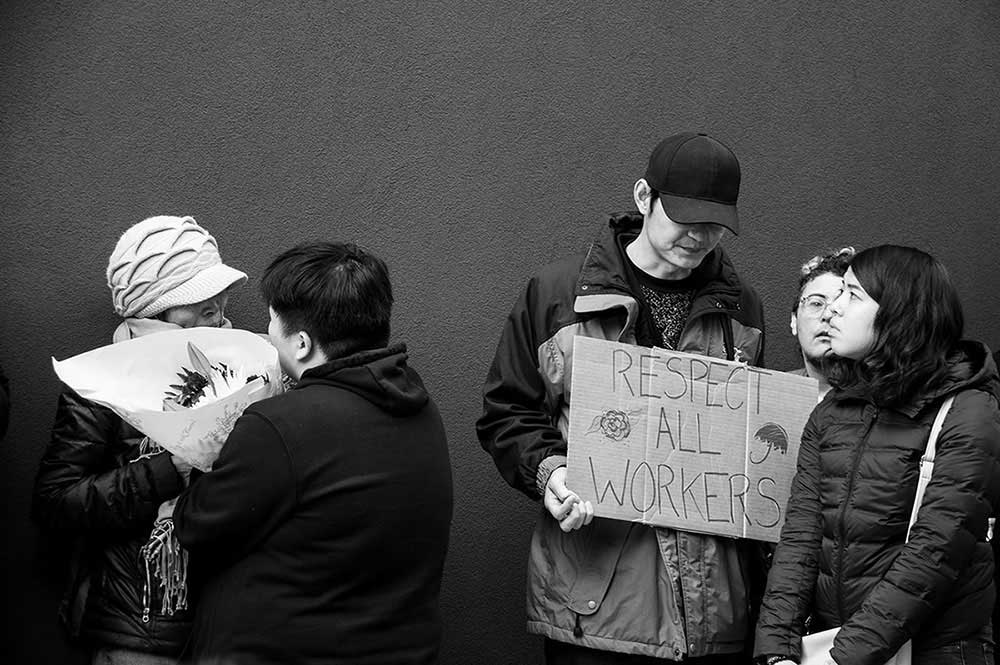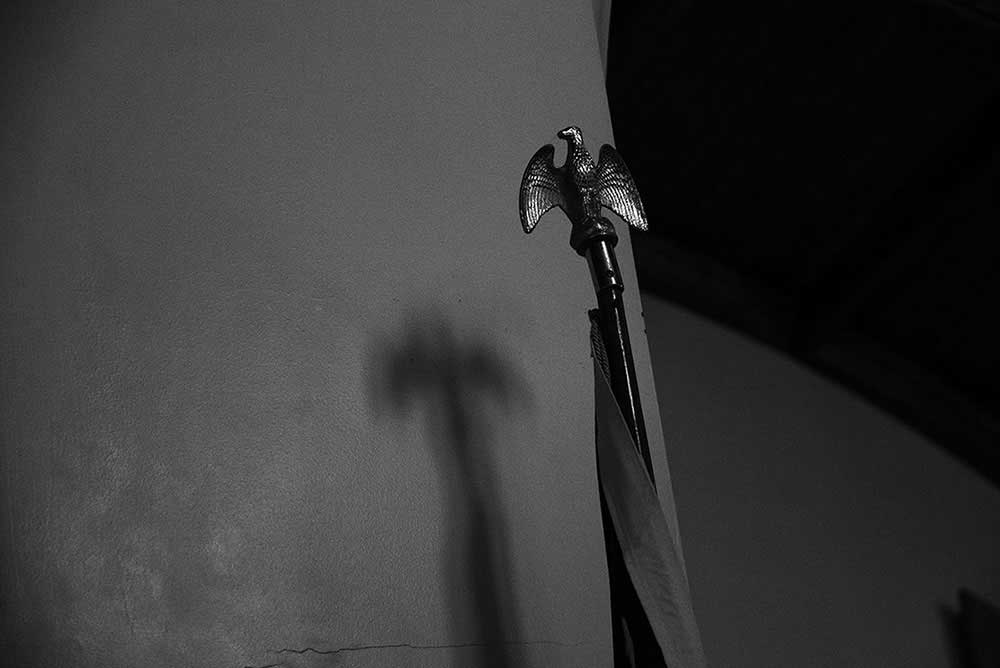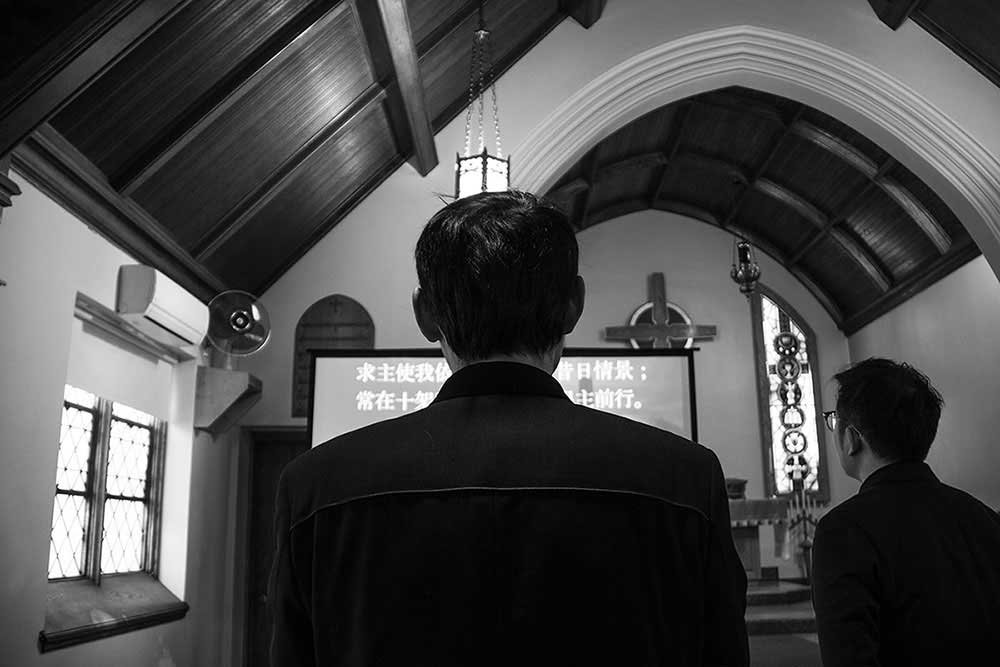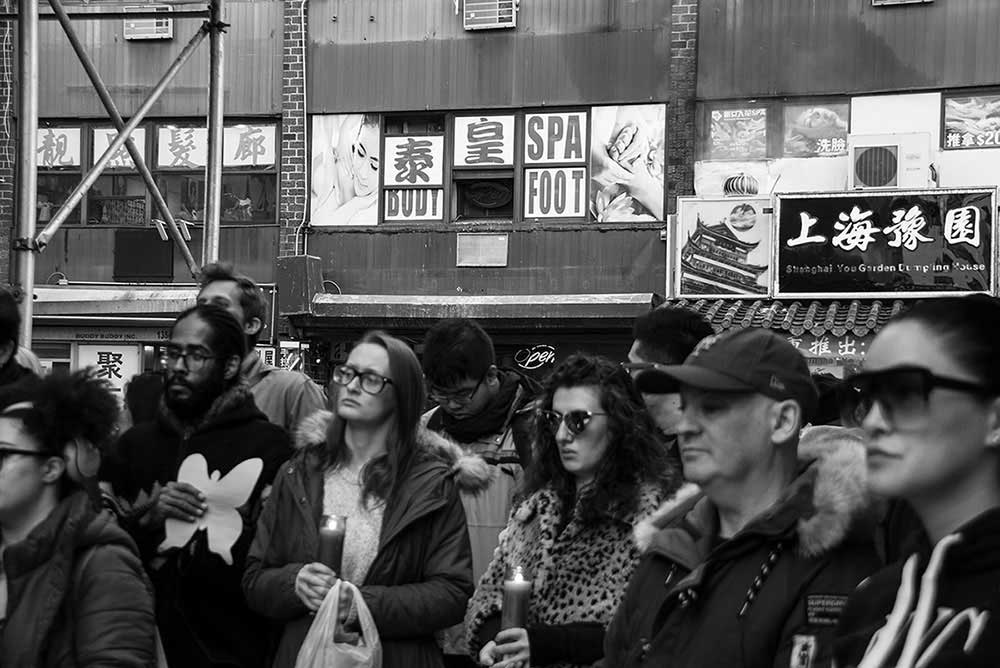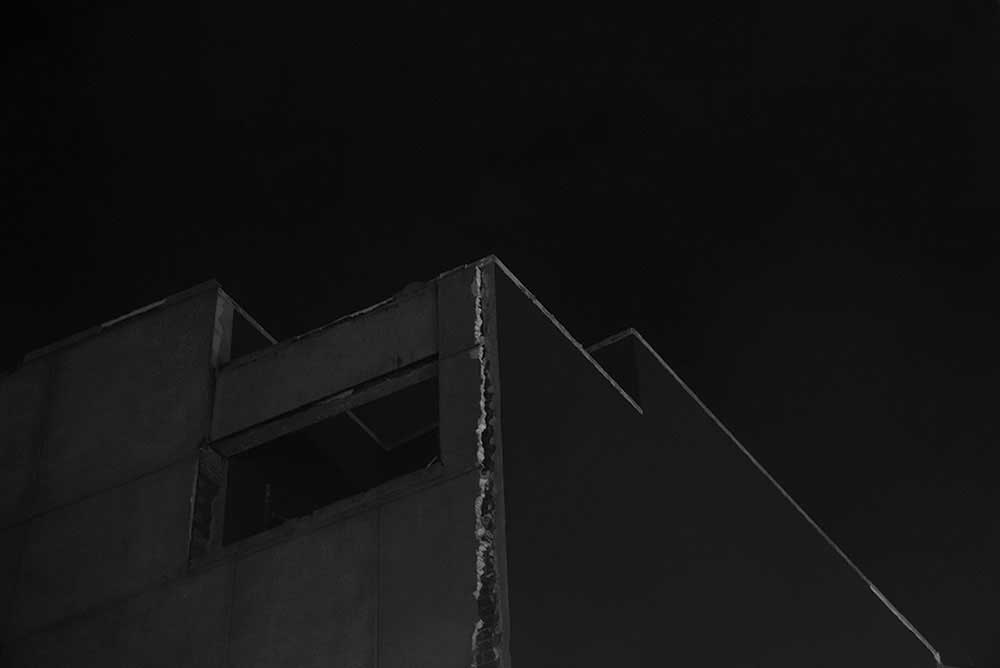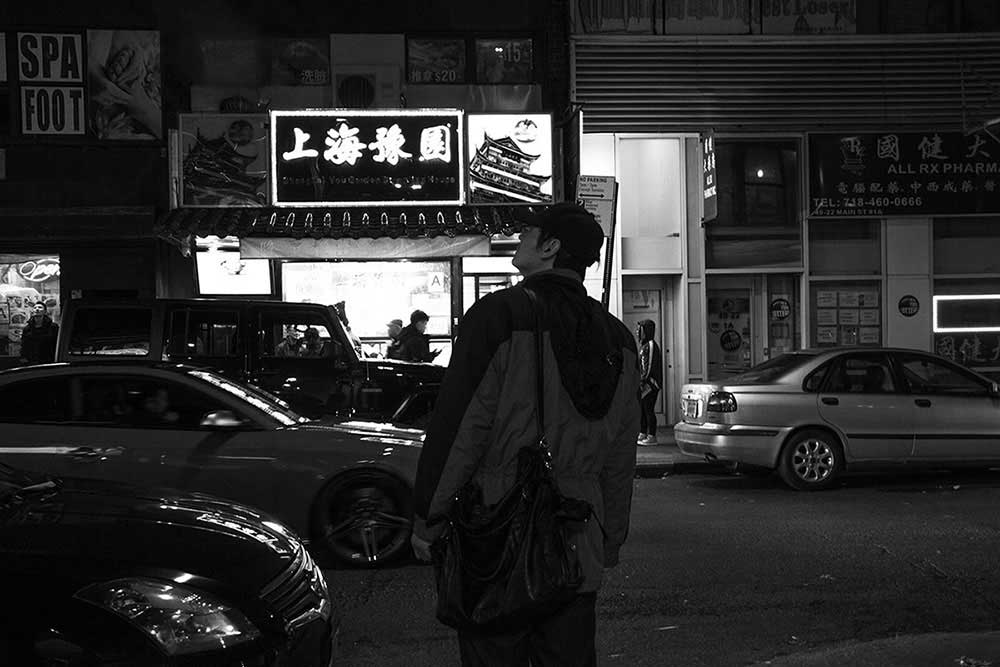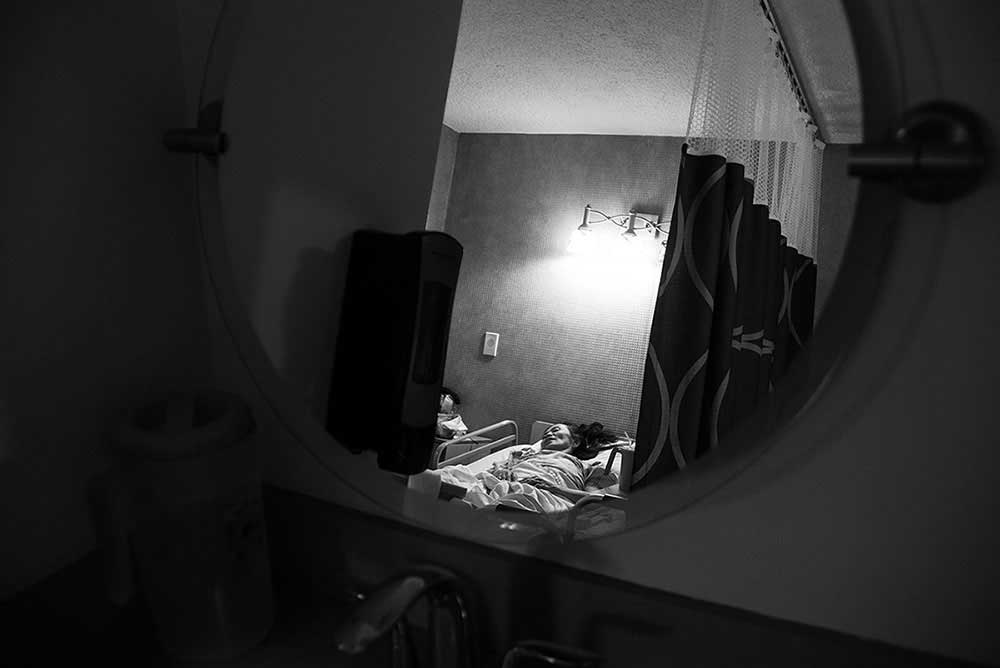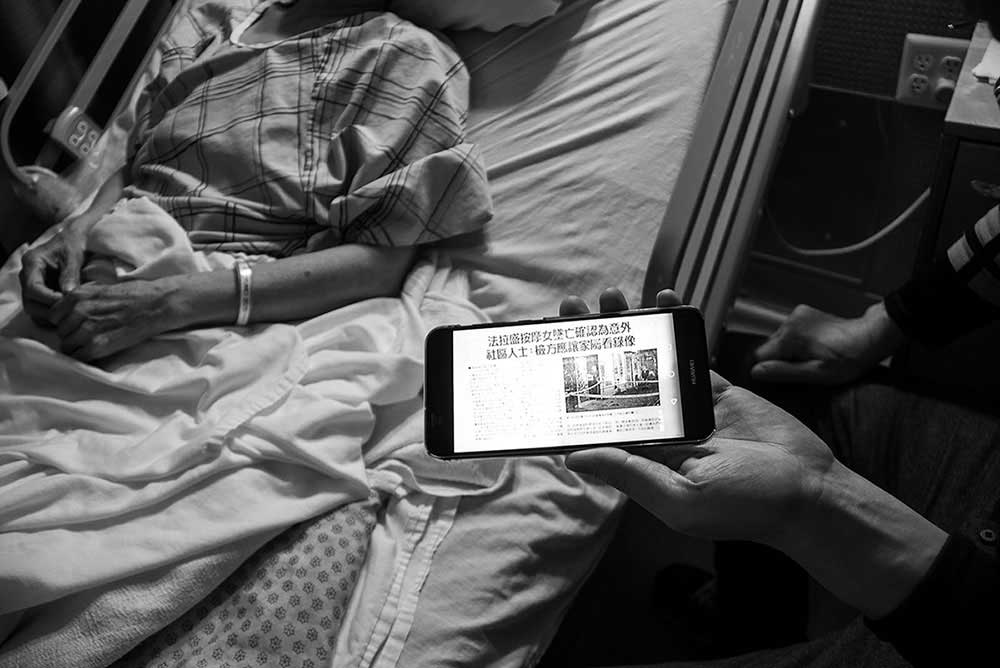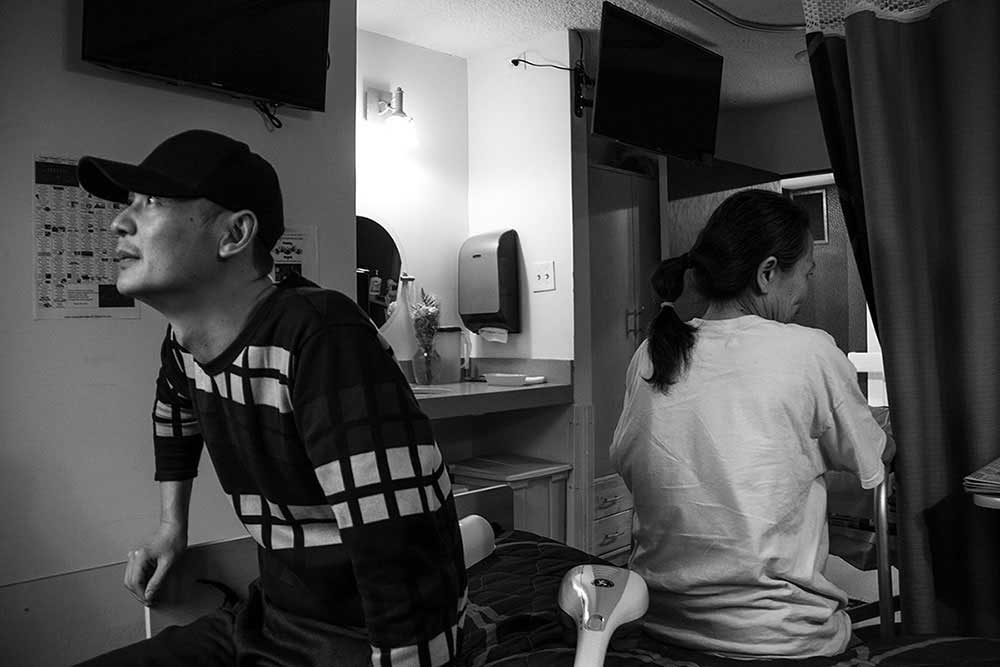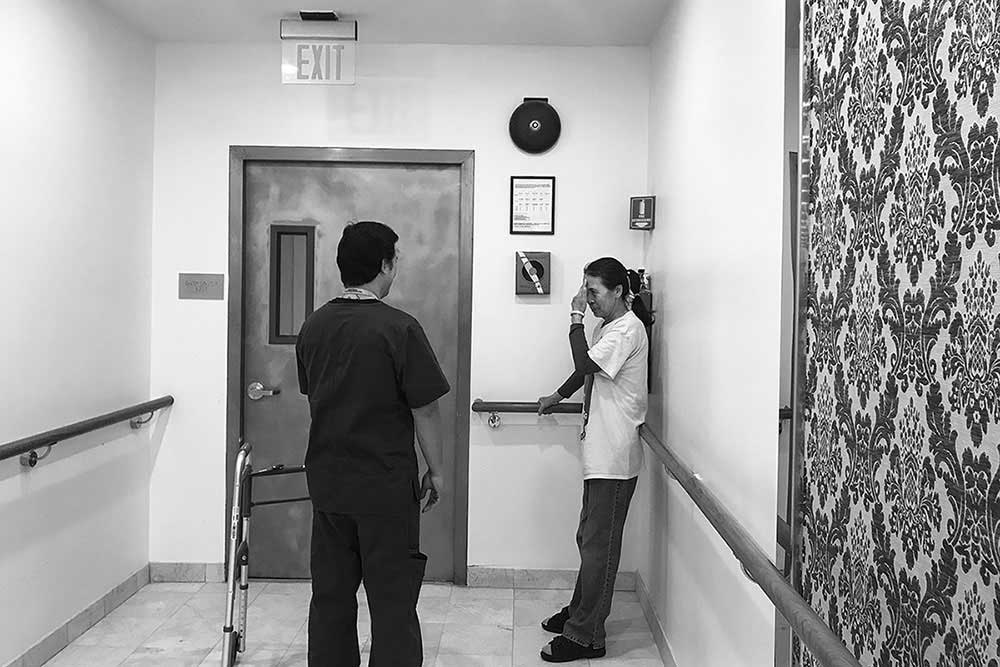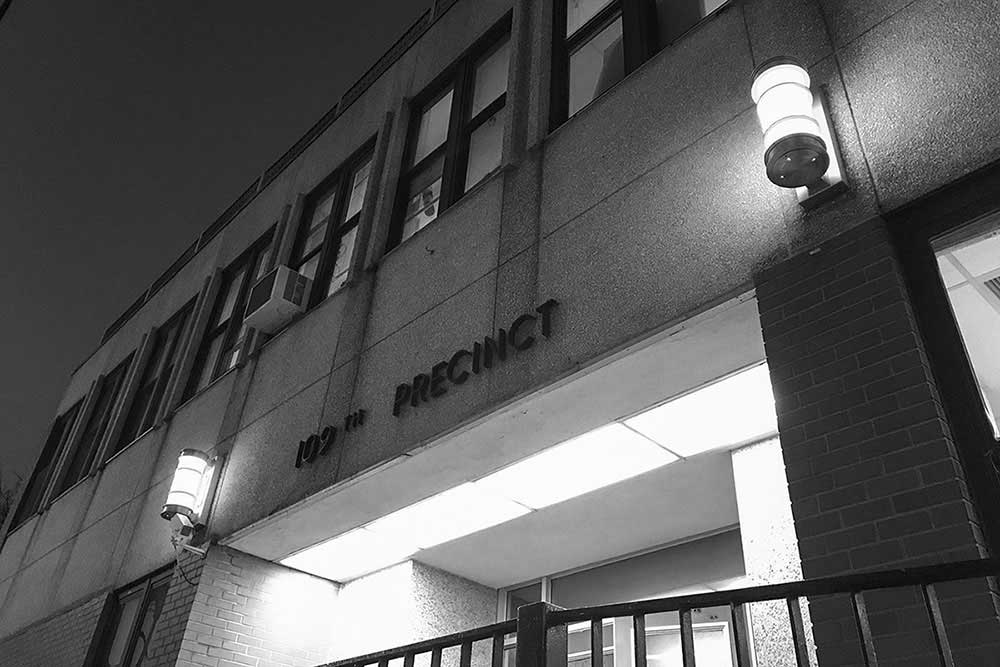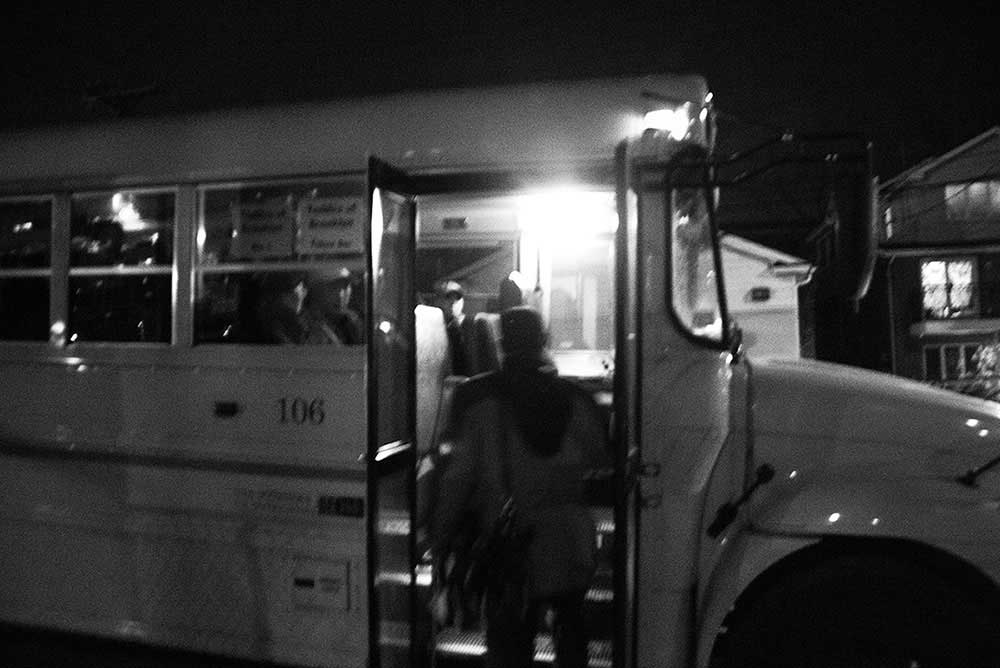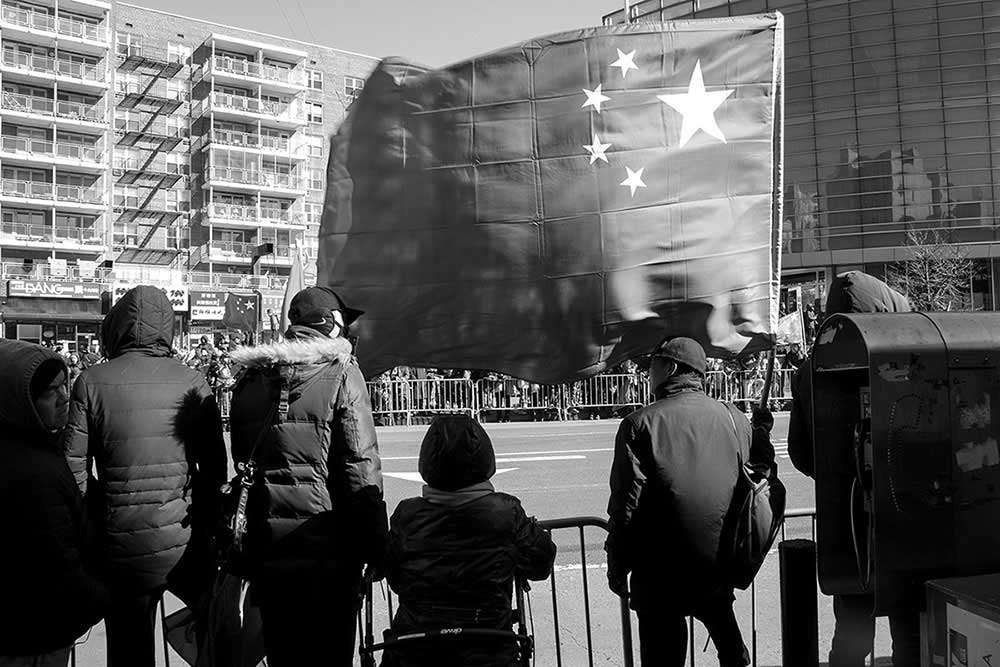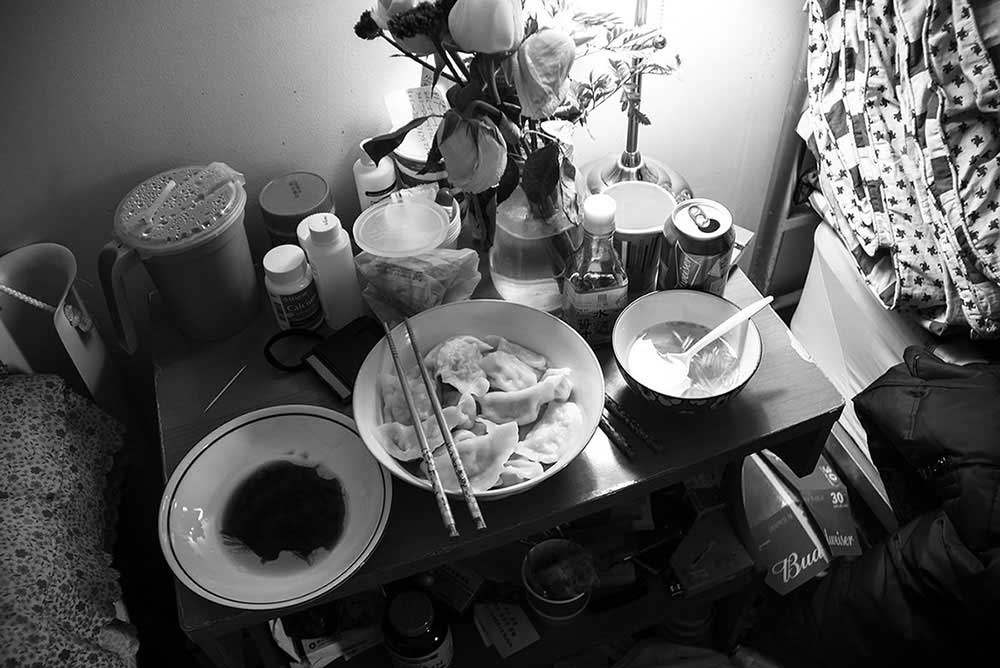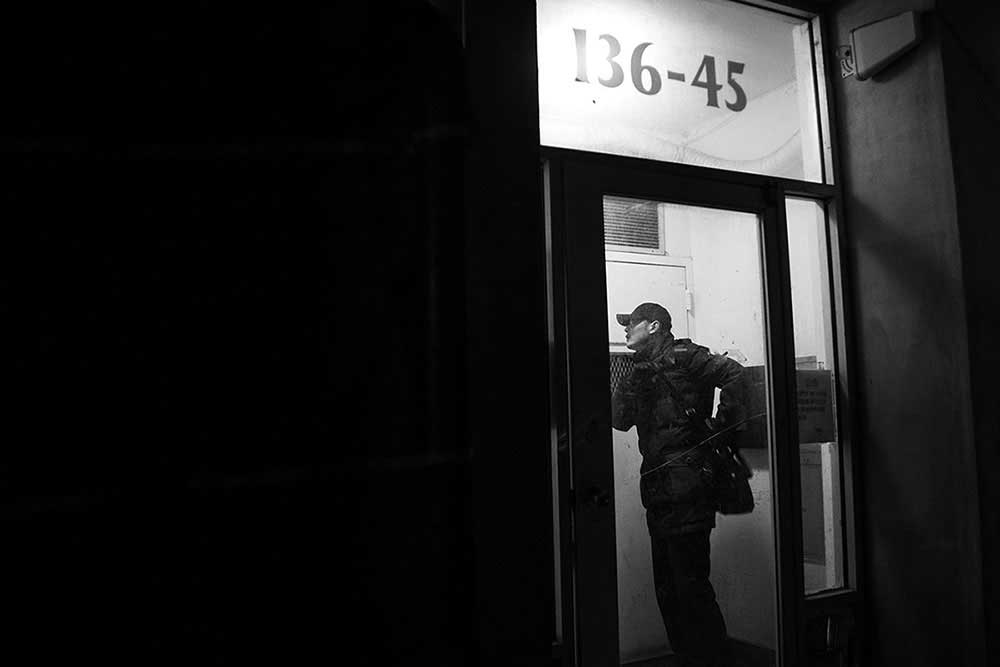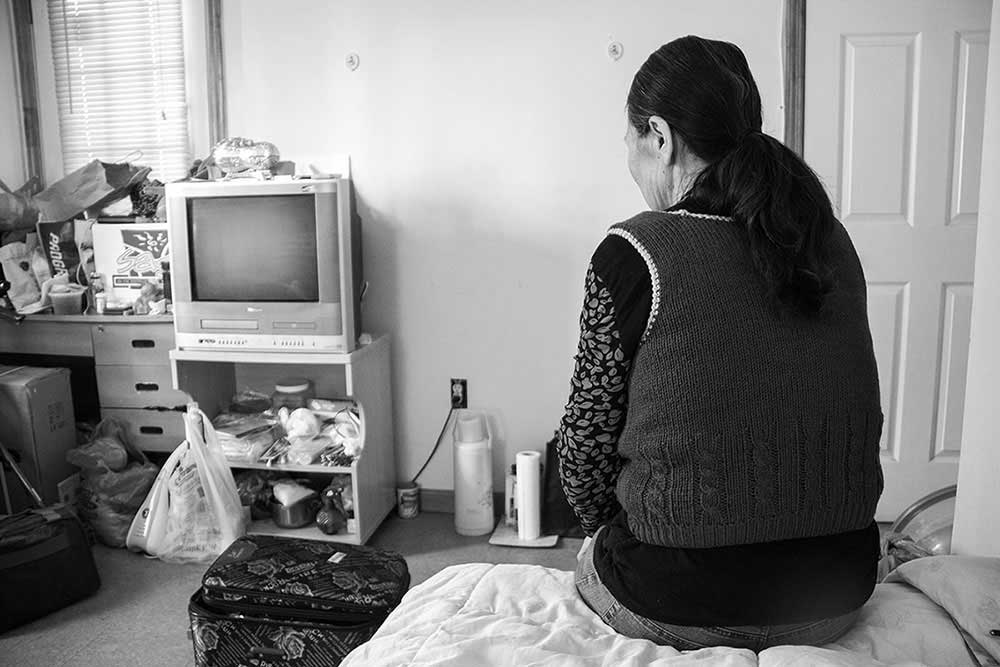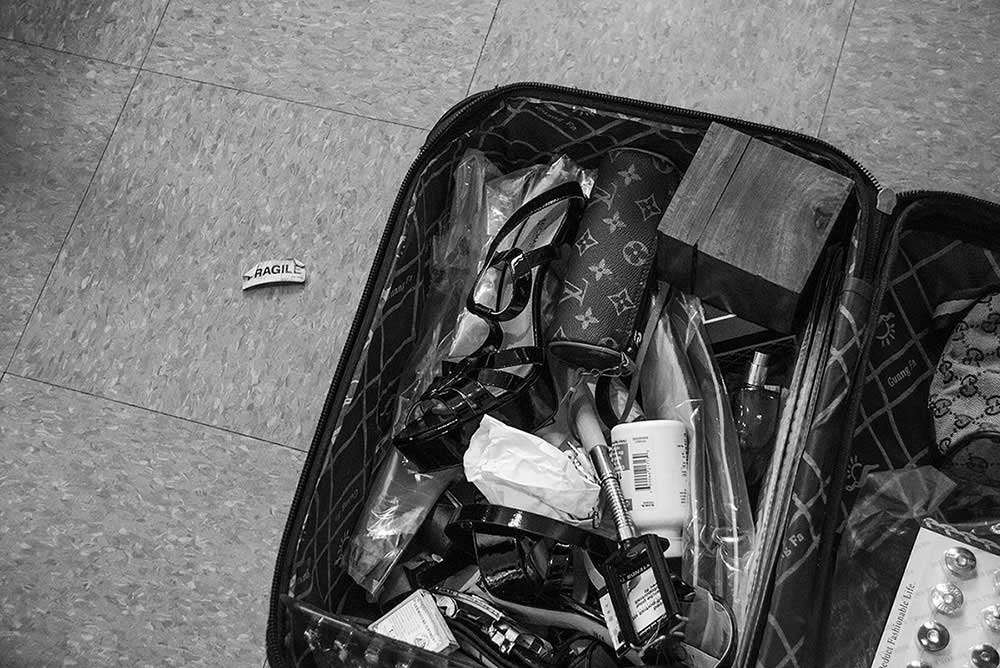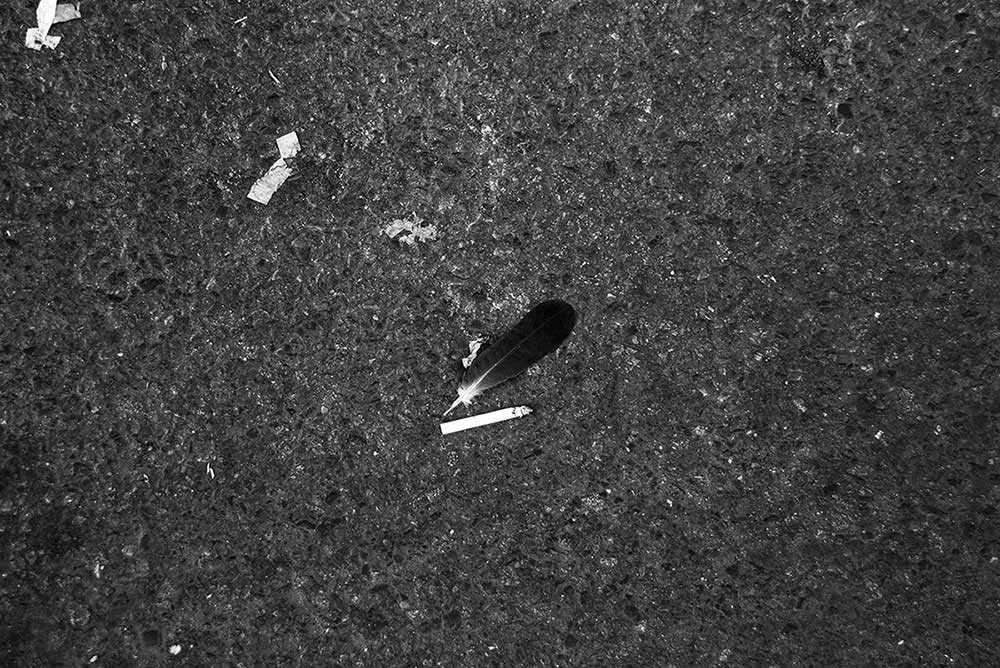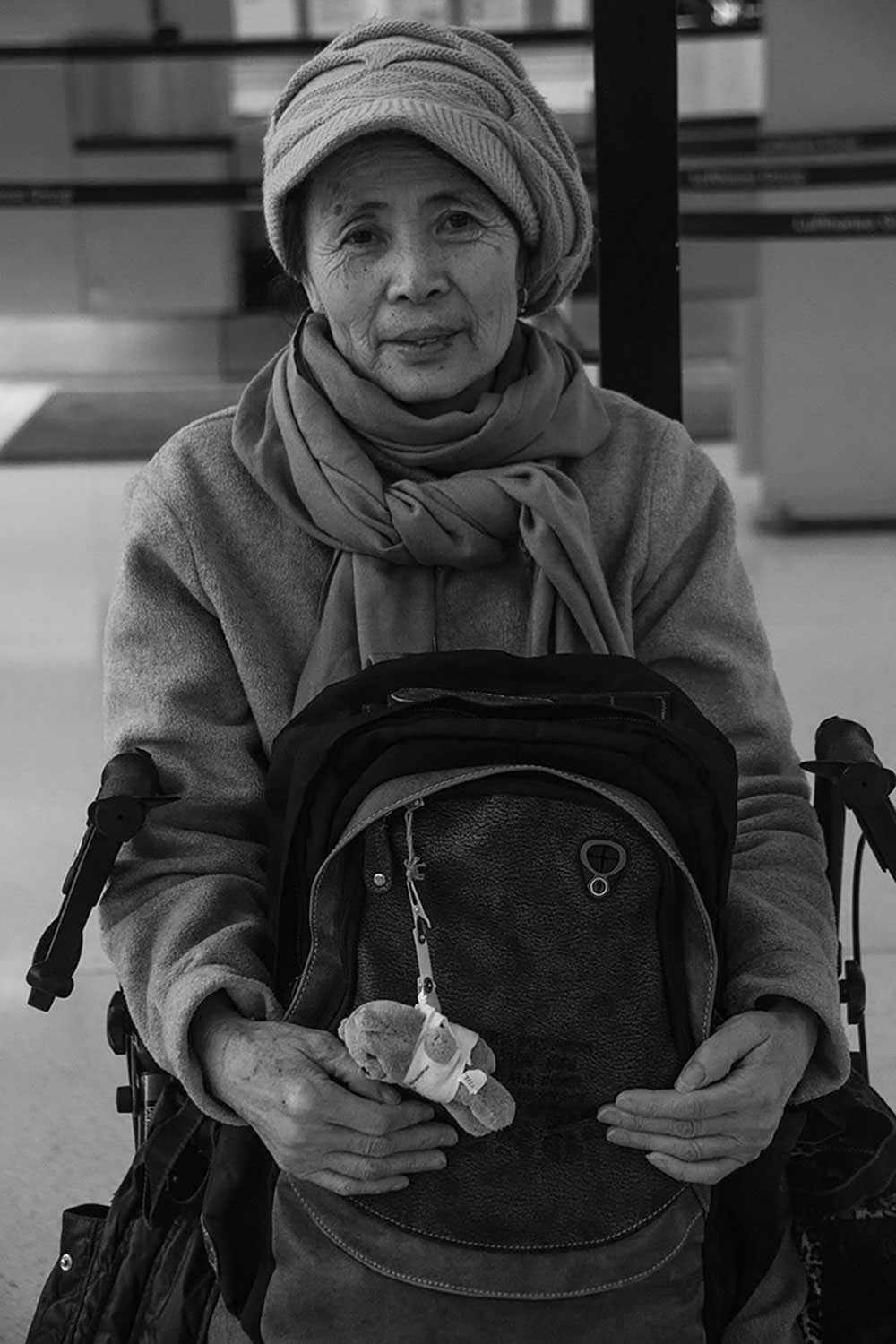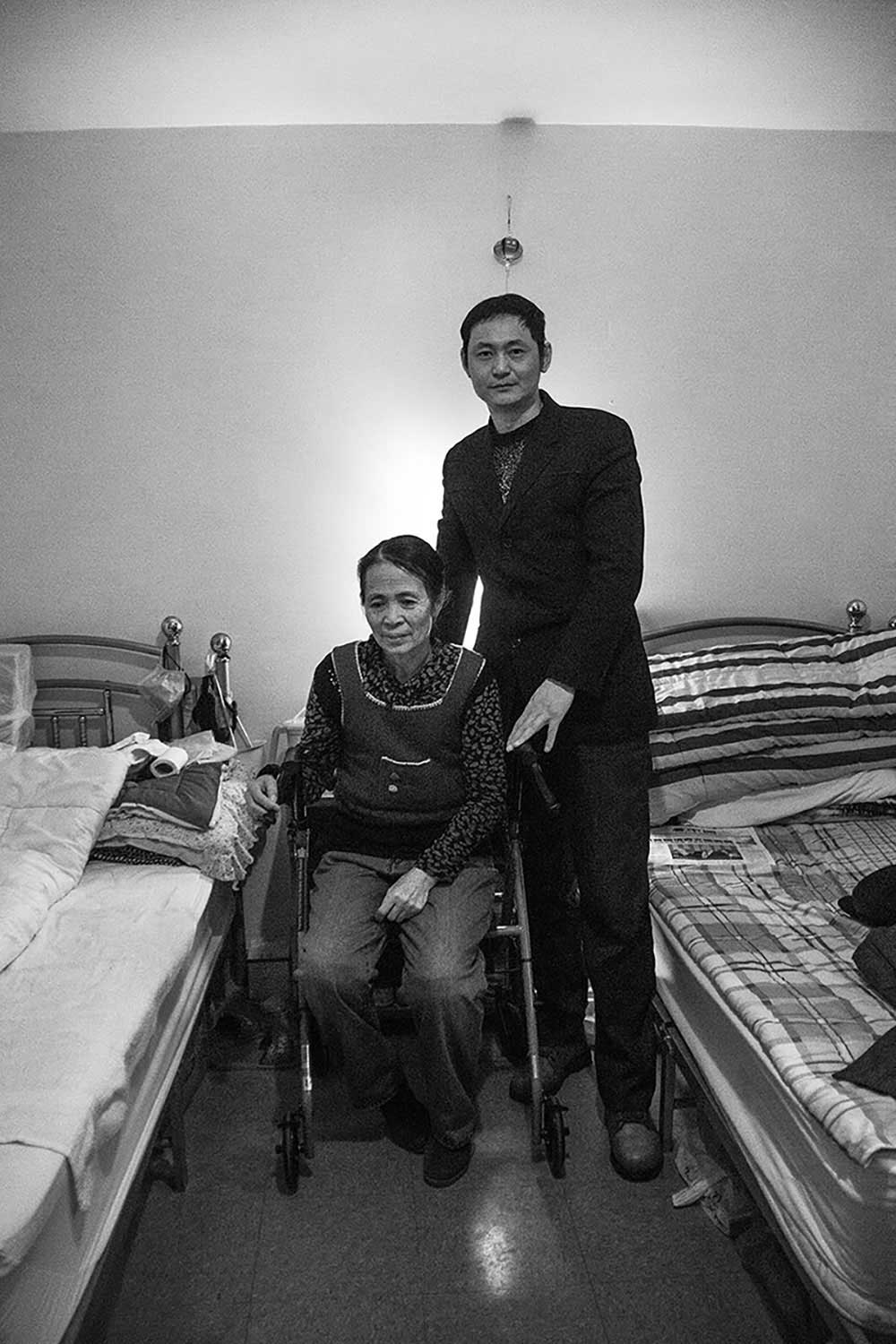I met Hai and his mother Shi in November 2018. By the time, it had been a year since Yang fell from 4th floor.
Yang was a sex worker who lived in Flushing. November 2017, she fell off from the fourth-floor balcony during the police arrest and died. This incident was reported as an influential article in the New York Times.
After Yang’s death, her family came to New York to take care of everything. Her younger brother Hai and her mother Shi have stayed in Flushing for more than a year. During this time, Yang’s death caused a lot of social attention, Hai doesn’t believe that his sister jumped off the fourth floor on her own. He did everything he could try to “find the truth” for his sister. After a year, things have changed a lot, people might don’t usually remember that there was a girl who had fallen on 40th Street in Flushing. But for Yang’s family, it seems that nothing has changed. Every day of the year, they are trapped in this tragedy.
This project focuses on the other side of the tragedy: how does it traumatize the family. After Yang’s death, the whole family has suffered from the loss of loved ones but still have to stand up and face everything, they’re also victims. I try to show this very important part of tragedy by documenting Hai and his mother’s life in New York. They never moved on, everything about this family ever since seems to be related to the incident: Hai and his mother live alone in a foreign country with very poor English. They have to deal with complicated document procedures while suffering from the grief, trying to get some clue from words they cannot even understand. Hai used to have a promising job in Shanghai, China. But after the incident, he quit the job and came to New York for his sister. He has no economic income for more than a year. All expenses for their life in New York are sponsored by the savings of the family, which have caused serious economic pressure to the family. The family has to separate for more than a year. Hai’s father already spent two Lunar New Year alone in China, on which day everyone else got a reunion with family. Hai’s wife took care of their son at home, she has to find a balance between her work and family. She was so overwhelmed and stressed out that her attitude gradually changed from being supportive to ask her husband to come back home immediately. In late November 2018, the mother Shi was knocked down by some guy on the street in Flushing, just 5 days before their flight back to China. She was badly injured and got through serious surgery. They had no choice but to cancel the flight and stay in New York for recovering……
A tragedy occurred may cause a long-term subsequent influence on a family, it can go deep into the most subtle aspects of life. But this kind of trauma is actually invisible, trivial, like the most secretive wound. It’s very easy for people to ignore. But it’s a long-lasting torture for victims of the tragedy, and they’re not able to escape from it.
One of the many factors that have to be considered is that Yang was a Chinese immigrant in the United States. The identity of the outsider puts her in an isolated situation. Yang’s incident may be an extreme case, but it also shows commonalities between Chinese immigrants in America: language barriers, huge cultural differences, lack of identity, struggling at the bottom of society, and the lack of effective protection, all of these leading to the distrust and sensitive attitude of Chinese immigrants to the United States. They always existed on this land as an outsider. While pursuing a better life, they are also eager for a sense of belonging. When they came here with an “American dream”, maybe they knew this dream could become a fragile bubble just due to their vulnerable situation, or maybe they didn’t.
About Sihan Cui
Sihan Cui is a documentary photographer and filmmaker who lives and works in New York City. She was born in Taiyuan, an industrial city located in northern China, in 1996. She graduated from the MFA program in Photography, Video and Related Media department of the School of Visual Arts.
Sihan Cui has been committed to documentary photography and documentary film making. She has been focusing on the diversification of social communities, the living reality of social minorities, and the public’s stereotype towards them. Her photography project “520”, which is about the betel nuts beauty in Taiwan, was shot for three months in 2017. She has completed a subway busker documentary photography project The Dawn in Beijing, China in 2018. The project “520” was shown at the 17th Pingyao Photography Festival.
Sihan Cui went to the School of Visual Arts for the MFA program in September 2018. After moving to New York, she noticed that Chinese immigrants’ living status in New York is very special and complicated, especially for the “new immigrants” who have moved to America after the 1980s. She began to focus on the current situation of Chinese labor immigrants in the United States and worked on a series of projects about that. In November 2018, Sihan Cui met Hai and Shi, the family of the victim of the falling case in Flushing, and began to document their life in New York since then. The project “After 356 days” finished by March 2019. From June 2019 to the present, she has been working on an independent documentary The Wave on the theme of Chinese labor immigrants’ current status. The film is still in the post-production process. [Official Website]



